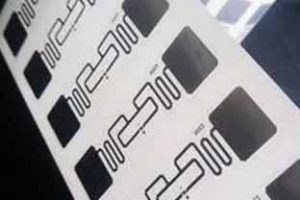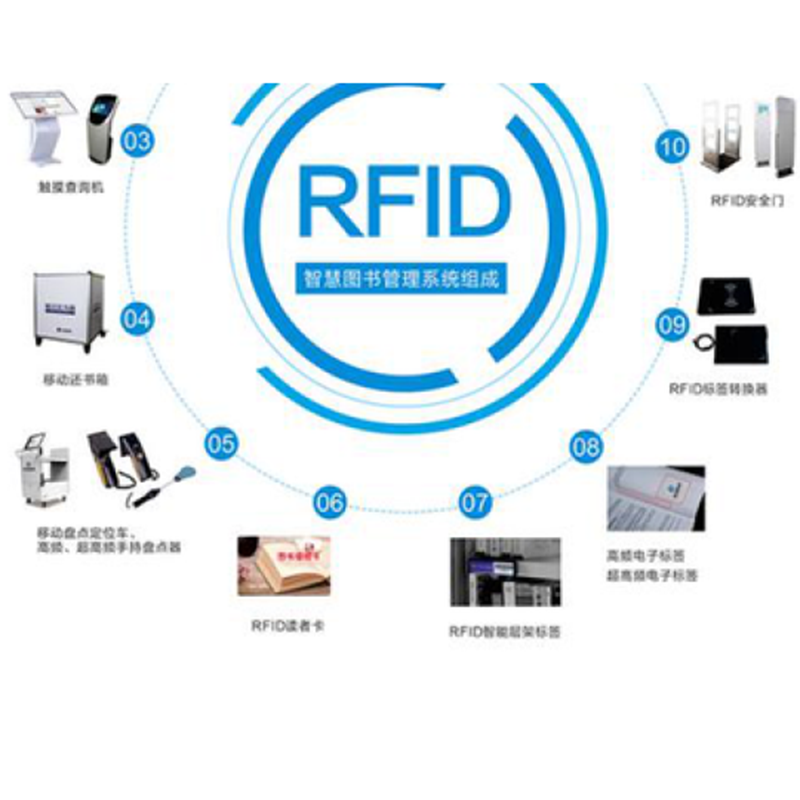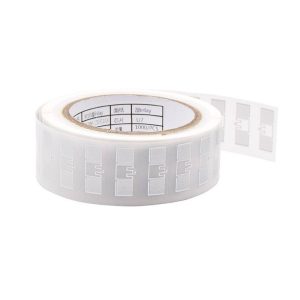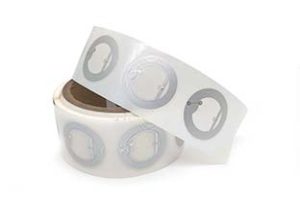RFID electronic tag manufacturers share high-frequency RFID and ultra-high frequency RFID123
RFID technology is divided into low frequency, high frequency, and ultra-high frequency according to the working frequency. Currently, the main frequency bands commonly used are high frequency and ultra-high frequency. High frequency and ultra-high frequency RFID technology are important application directions in the RFID field. Due to different frequency bands, there are significant differences between the two, which mainly manifest in the following aspects.

1. Different frequency band ranges
The operating frequency of high-frequency RFID is usually around 13.56MHz, while the operating frequency of ultra-high frequency RFID is between 860MHz and 960MHz. Due to the higher working frequency of ultra-high frequency RFID, its reading range is wider and reading speed is faster, making it suitable for application scenarios that require rapid recognition over a wide range
2. Different anti-interference capabilities
Both high-frequency and ultra-high frequency RFID systems rely heavily on the communication environment between readers and tags. High frequency RFID technology mainly transmits signals through near-field induction coupling, which relatively reduces potential wireless interference and makes it highly resistant to environmental noise and electromagnetic interference. Ultra high frequency RFID adopts the principle of electromagnetic emission, which makes it more susceptible to electromagnetic interference and requires other methods to compensate. High frequency RFID ultra-high frequency RFID
3. Different standard protocols
High frequency RFID is one of the standardized RFID technologies, with several widely used protocols and standards, including ISO 15693 and ISO 14443. There are many standards for ultra-high frequency RFID, and the frequencies used in different countries are also different. Currently, the most common standards in China are international standards, national standards, industry standards, enterprise standards, etc. The more popular are still the 6C and 6D standards, namely ISO/IEC 18000-6C and ISO/IEC 18000-6D.
4. High frequency RFID technology can be applied in most daily scenarios, such as book/archive management, industrial production lines, access control, etc. It can penetrate non-metallic objects and its working frequency is not restricted by radio frequency control.
5. The operating frequency of high-frequency RFID is usually around 13.56MHz, while the operating frequency of ultra-high frequency RFID is between 860MHz and 960MHz. Due to the higher working frequency of ultra-high frequency RFID, its reading range is wider and the reading speed is faster, making it suitable for application scenarios that require rapid recognition over a wide range
RFID electronic tag manufacturers share high-frequency RFID and ultra-high frequency RFID 123
Ultra high frequency RFID has a wide range of applications, can read multiple tags at once, has long recognition distance, fast data transmission, high reliability and lifespan, and can adapt to various harsh environments. It is suitable for application scenarios with high distance requirements. Its long-distance recognition and efficient data transmission make it a reliable technology for large-scale item identification and tracking, and is widely used in asset management, warehousing and logistics management, vehicle long-distance recognition, industrial automation, smart healthcare, retail and many other fields. The difference between high-frequency RFID and ultra-high frequency RFID may seem like just a frequency band, but they have different advantages and characteristics in practical applications. Therefore, it is necessary to choose high-frequency or ultra-high frequency RFID technology based on the application scenarios and requirements.






